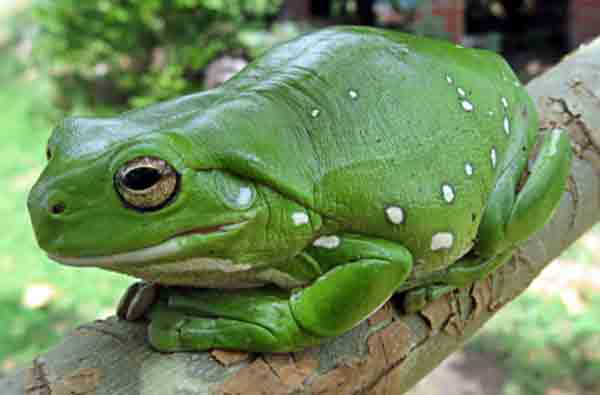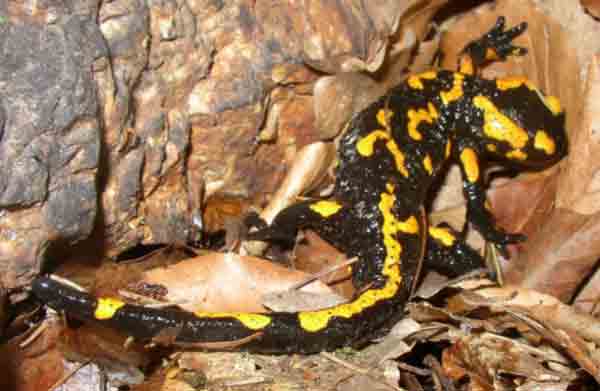 |
 |
All About Amphibians |
||||||||||||||||||||||||||||||||||||||||||||||||||||
|
Amphibians are a taxon of animals that include all tetrapods (four-legged vertebrates) that do not have amniotic eggs. Amphibians generally spend part of their time on land, but they do not have the adaptations to an entirely terrestrial existence found in most other modern tetrapods. There are about 5,700 living species of amphibians. The study of amphibians and reptiles is known as herpetology.
Amphibians developed with the characteristics of pharyngeal slits/gills, a dorsal nerve cord, a notochord, and a post-anal tail at different stages of their life. They have persisted since the dawn of tetrapods 390 million years ago in the Devonian period, when they were the first four-legged animals to develop lungs. During the following Carboniferous period they also developed the ability to walk on land to avoid aquatic competition and predation while allowing them to travel from water source to water source. As a group they maintained the status of the dominant animal for nearly 75 million years. Throughout their history they have ranged in size from the 3 foot (90cm) long Devonian Ichthyostega, to the slightly larger 5 foot (150cm) long Permian Eryops, and down to the tiny Brachycephalus didactylus (Brazilian Gold Frog) and Eleutherodactylus iberia from Cuba, with a total length of 9.6-9.8 millimeters (0.4 inches). Amphibians have mastered almost every climate on earth from the hottest deserts to the frozen arctic.
For the purpose of reproduction most amphibians are bound to fresh water. A few tolerate brackish water, but there are no true sea water amphibians. Several hundred frog species in adaptive radiations (e.g., Eleutherodactylus, the Pacific Platymantines, the Australo-Papuan microhylids, and many other tropical frogs), however, do not need any water whatsoever. They reproduce via direct development, an ecological and evolutionary adaptation that has allowed them to be completely independent from free-standing water. Almost all of these frogs live in wet tropical rainforests and their eggs hatch directly into miniature versions of the adult, bypassing the tadpole stage entirely. Several species have also adapted to arid and semi-arid environments, but most of them still need water to lay their eggs. The larvae (tadpoles or polliwogs) breathe with exterior gills. After hatching, they start to transform gradually into the adult's appearance. This process is called metamorphosis. Typically, the animals then leave the water and become terrestrial adults, but there are many interesting exceptions to this general way of reproduction. The most obvious part of the amphibian metamorphosis is the formation of four legs in order to support the body on land. But there are several other changes: * The gills are replaced by other respiratory organs, i.e. lungs. |
|||||||||||||||||||||||||||||||||||||||||||||||||||
All text is available under the terms of the GNU Free Documentation License |


 White's Tree Frog (Litoria caerulea)
White's Tree Frog (Litoria caerulea) 